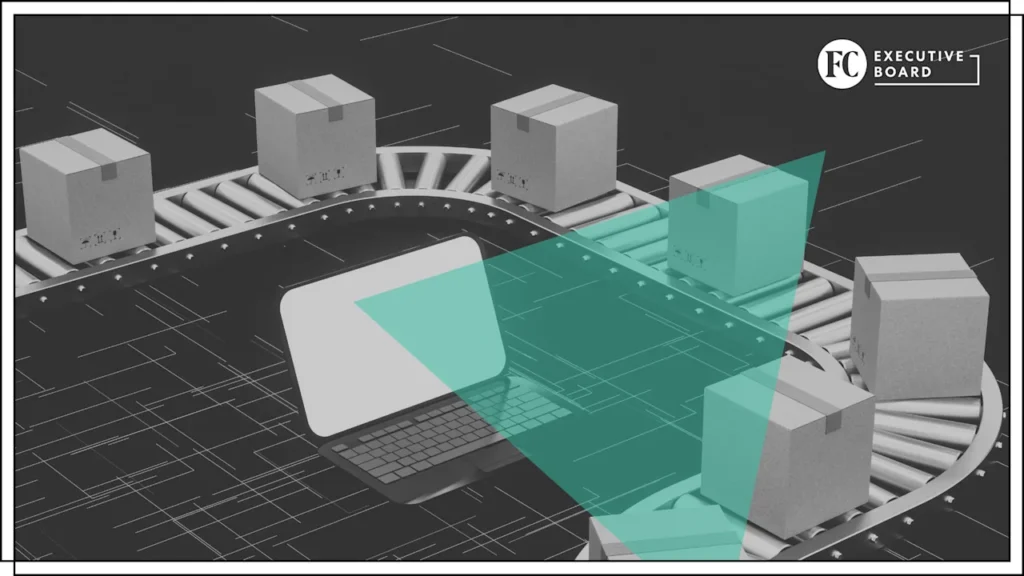
As 2026 takes shape, the most successful leaders will adopt new tools with responsibility and vision while keeping the human side of shopping alive.
These 10 tech trends in retail tech and AI are evolving, transforming how brands design, distribute, and deliver experiences. These are not distant forecasts, but happening in real time across retailers, marketplaces, and consumer ecosystems.
1. Predictive intent engines
Reactive personalization is being replaced by predictive intent engines. Instead of waiting for a customer to browse, AI anticipates the customer’s next wants based on contextual data like weather, life events, and even local cultural moments. For example, as outdoor searches tick upward in specific regions, retailers surface camping gear. The upside is deeper relevance.
As with every trend, there are risks. Here, if the timing is too perfect, the relevance can feel intrusive to the customer.
2. Retail copilots for associates
When I talk to retail teams, many describe how AI copilots are becoming the new work partner for associates. In practice, staff use smart glasses and mobile assistants to feed real-time product data, customer history, or upsell suggestions. Frontline employees transform from reactive clerks to proactive advisors.
The challenge is keeping interactions authentic. Customers want genuine conversations, not AI scripts delivered through a human face.
3. Algorithmic supply webs
The supply chain is no longer a straight line but a web of constantly reconfiguring nodes. Retailers tell me their systems now simulate thousands of scenarios daily—rerouting orders, shifting suppliers, or adjusting transportation paths on the fly. I see this trend especially in grocery and fashion, where volatility is high.
Supply webs provide resilience, but also create a transparency challenge. Shoppers and regulators will want to know how these algorithmic choices affect workers and sustainability.
4. Immersive brand layers
Immersive storytelling is moving from pilot projects to mainstream adoption. Augmented reality is layered into packaging, storefronts, and mobile apps. One apparel brand I follow lets customers scan a tag to see the product’s journey from fiber to fashion show. Another uses AR mirrors to project outfit combinations in the store.
The brand layers transform shopping into a multimedia experience. The challenge is keeping it purposeful rather than gimmicky.
5. Microfactories near the customer
More retailers are experimenting with localized, AI-driven microfactories. These factories can 3D-print fashion accessories, produce limited-run beauty items, or assemble electronics close to demand centers. I recently saw a footwear brand offering near-instant customization at an urban hub, with shoes ready within days.
The opportunity is speed and personalization. The challenge is cost. Microfactories remain expensive compared to global mass production.
6. Real-time sustainability scores
Retailers are making sustainability metrics visible at the shelf or checkout. Shoppers now see carbon impact scores, packaging grades, or ethical sourcing flags. AI crunches supplier and logistics data to make this possible. One grocer is piloting real-time sustainability dashboards in an app, so shoppers can compare two items not just by price but by footprint.
The opportunity is radical transparency. The challenge is to ensure credible numbers and avoid greenwashing in a new format.
7. Autonomous merchandising systems
Conversations with merchandising leaders reveal how manual planning cycles are being replaced by AI-driven systems making thousands of small decisions daily. Platforms decide which colors to stock by neighborhood, which SKUs to pull from digital shelves, or how to rotate assortments dynamically.
The benefit is responsiveness. The risk involves blind spots: Without human oversight, algorithms can miss cultural nuances or local contexts.
8. Neural commerce platforms
Commerce is dissolving into everyday life through connected devices. Smart fridges reorder staples. Cars let drivers voice-order coffee and have it waiting at the next stop. Voice assistants anticipate weekly needs without prompting. Retail is becoming neural, with systems firing across networks without friction.
The opportunity is effortless convenience. The challenge is maintaining customer agency—retailers must ensure that shoppers feel in control of purchases instead of letting automation decide entirely.
9. Data collaboratives across competitors
Retailers are starting to collaborate on data despite fierce competition. Shared, anonymized pools of information strengthen forecasting, reduce waste, and help optimize logistics. For example, several mid-sized fashion brands are joining forces to track demand signals and cut excess inventory.
The opportunity is collective intelligence. The challenge is trust—deciding what to share and how to govern these collaboratives fairly.
10. Leadership as technology stewardship
The last trend isn’t a tool but a leadership evolution. Executives are now judged by how they steward technology responsibly. I observe boards asking harder questions: How are algorithms monitored for bias? How is customer privacy respected? How is staff retrained for AI collaboration?
There’s an opportunity to build brands trusted as responsible innovators. The challenge is balancing the speed of adoption with careful stewardship in a space where technology is evolving faster than regulation.
The future: 2026 and beyond
When I put these trends together, the picture is clear: Retail in 2026 is not just using technology, it is becoming technology. Predictive engines anticipate demand, copilots empower staff, immersive layers engage customers, and neural commerce embeds shopping into everyday life.
But the deeper story is about responsibility. Customers demand transparency, regulators demand accountability, and employees demand clarity about their role in AI-shaped workplaces. The retailers who win will not be the ones with the flashiest tech but the ones who use it thoughtfully, balancing automation with humanity.
A new playbook is emerging that will anticipate needs, empower people, embed transparency, and lead with stewardship. Those who follow it will not just adapt to the future of retail; they will shape it.
Charisma Glassman is the group vice president and global head of retail applied advisory at Genpact.